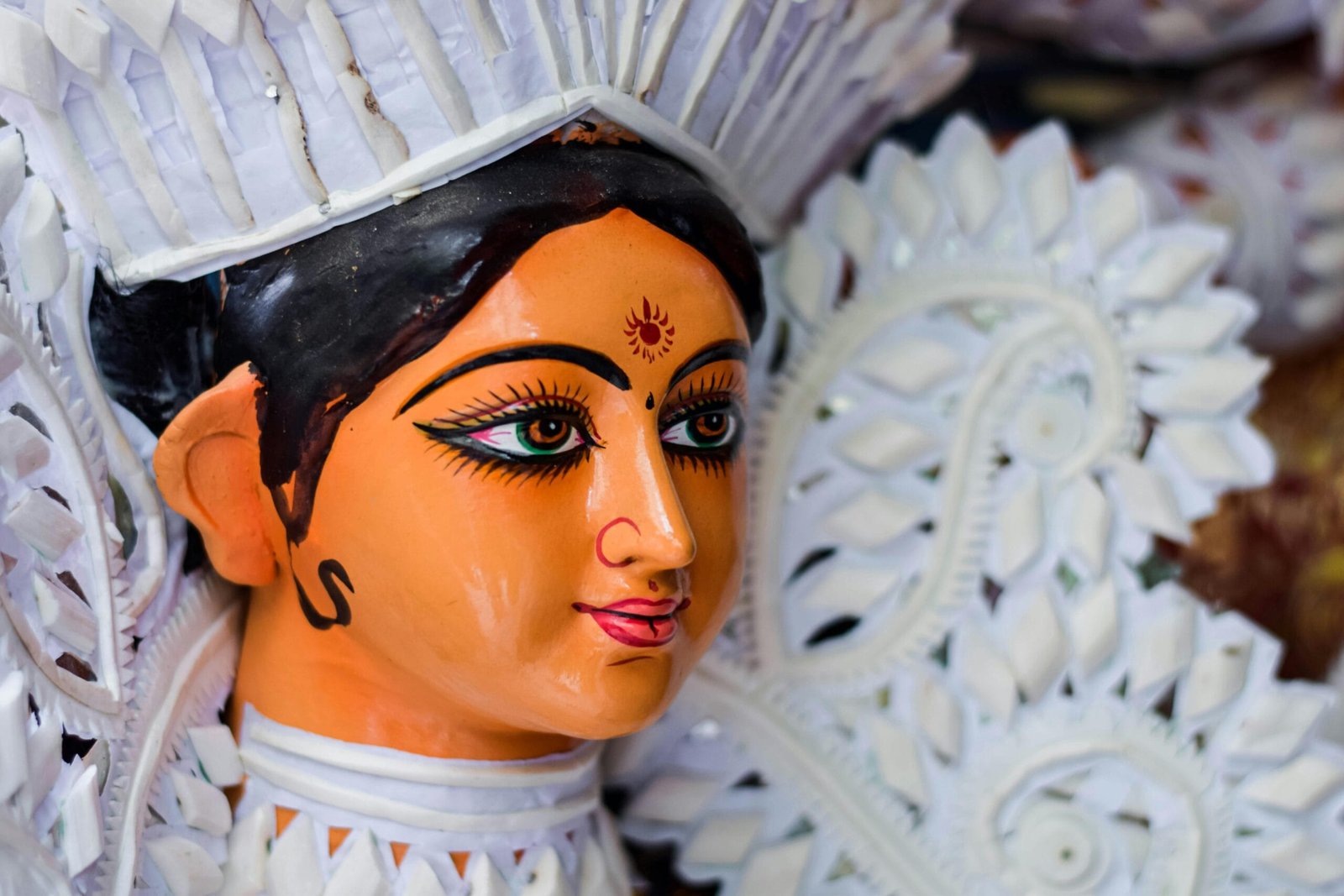Introduction to Amavasya: The Significance of the New Moon
Amavasya, or the new moon day, holds great significance in Indian culture and spirituality. It marks the beginning of a new lunar month and is considered a powerful time for spiritual practices and introspection. Amavasya is revered as a period of renewal and a chance to release negativity while embracing positive energy.
The Celestial Calendar: Understanding Lunar Phases
The lunar phases play a pivotal role in Indian mythology and religious practices. Understanding the waxing and waning of the moon is essential for marking auspicious occasions and festivals. The 29.5-day lunar cycle is divided into fifteen tithis, with the amavasya tithi signifying the no moon day.
When Does Amavasya Occur? Key Dates and Timing
Amavasya occurs every month based on the lunar calendar. It is observed when the moon aligns with the sun, causing the night sky to be shrouded in darkness. In the Gregorian calendar, the dates of Amavasya vary each month.
Cultural Practices and Rituals Associated with Amavasya
Amavasya is marked by various cultural practices and rituals. Many people observe fasts, offer prayers to their ancestors, and perform charitable acts on this day to seek blessings and atonement for past wrongdoings. It is also believed that spiritual practices undertaken on Amavasya yield manifold benefits.
The Spiritual Significance of Amavasya in Indian Traditions
Amavasya, often referred to as the new moon phase, holds profound spiritual significance in various Indian traditions. It is considered a time of introspection and spiritual renewal. Devotees believe that this night is most conducive for meditation and setting intentions. The dark moon symbolizes letting go of negativity, encouraging individuals to purge emotional baggage and seek inner peace.
In Hinduism, Amavasya is associated with honoring ancestors. Rituals like Shradh are performed to pay homage to departed souls, seeking their blessings and forgiveness. This connection between the living and the deceased is believed to be especially strong during this lunar event.
Various festivals and ceremonies are also aligned with Amavasya. It’s a time when spiritual energy is heightened, motivating people to engage in charitable acts and selfless service. Thus, Amavasya transcends mere astronomical phenomena, emerging as a sacred period that nurtures the soul and fosters a deep sense of community.
Amavasya and Its Influence on Astrology
Astrologically, Amavasya holds immense importance as it marks the end of one lunar cycle and the beginning of another. Astrologers often analyze this period to understand various cosmic shifts affecting human lives. During Amavasya, the moon’s energy is at its lowest, which influences emotional and psychological states.
People are advised to be cautious during this time. It is deemed an inauspicious period for starting new ventures or making significant decisions. Instead, it calls for reflection and reassessment. The energies of Amavasya are believed to reveal inner truths, making it an excellent time to consult astrologers for advice on personal circumstances.
The alignment of planets during Amavasya can also uncover hidden talents or challenges. Therefore, seeking astrological guidance can provide insights that guide one’s journey through the complexities of life, ensuring that decisions are well-aligned with cosmic energies.
Myths and Legends Surrounding Amavasya
Amavasya is steeped in a myriad of myths and legends, enhancing its spiritual allure. One prominent story involves the tale of Goddess Durga, who is believed to have triumphed over the buffalo demon Mahishasura during this lunar phase. This victory symbolizes the conquest of good over evil, celebrated during rituals and festivals.
Another popular legend tells of the moon’s curse. It is said that when the moon was cursed to lose its light, it became dark during Amavasya. This myth reinforces the belief that darkness isn’t merely a void; it is a space for contemplation and inner illumination.
Additionally, it is said that on this night, spirits of ancestors are believed to roam the earth. This spirit connection creates a sense of continuity between generations, urging individuals to perform rituals for their forebears. These myths further emphasize Amavasya’s status as not just a mere celestial event, but a culturally rich and spiritually enlightening occurrence.
Tips for Observing Amavasya: Rituals and Meditative Practices
Observing Amavasya can be enriching both spiritually and personally. Start by creating a serene atmosphere conducive to reflection. Light a diya (lamp) at home, symbolizing the dispelling of darkness. Engage in daily prayers or mantras specifically dedicated to this day, inviting positive energies into your life.
Consider observing a fast, which can enhance your spiritual focus. Limit physical distractions by spending the day in solitude, allowing you to explore deeper thoughts and emotions. Many people practice journaling during this time, recording feelings, insights, and intentions for the upcoming lunar cycle.
Meditation is another powerful practice to connect with inner wisdom. Focus on your breath, visualize the dark moon, and allow yourself to release anything that no longer serves you. Engaging in charitable acts or serving others can amplify the positive energies. By honoring this sacred time, you open the door to growth, healing, and spiritual clarity.
Conclusion: Embracing the Energy of Amavasya
Amavasya is a powerful celestial occurrence that holds deep significance in Indian mythology and spirituality. This period of darkness symbolizes the time for introspection, renewal, and inner transformation. By embracing the energy of Amavasya, individuals can tap into the profound cosmic forces and engage in practices that promote self-awareness, growth, and release of negativity.
FAQs About Amavasya: Common Queries Explored
Learn more about Indian mythology and its rich traditions and practices. Discover how nakshatras play a significant role in lunar events like Amavasya. Understand the deeper meanings of the lunar phases by reading about Hasta Nakshatra and its relevance. Explore the changing energies during the lunar cycle, including Magha Nakshatra and its link to spiritual practices. Lastly, delve into Uttara Phalguni Nakshatra and its astrological significance in guiding personal growth during Amavasya.
What is Amavasya, and When Does it Occur?
Amavasya, also known as the new moon day, marks the darkest phase of the lunar cycle. It occurs every month when the Sun and Moon align, resulting in minimal moonlight.
What is the Significance of Amavasya?
Amavasya holds cultural, spiritual, and astrological significance. It is a time for honoring ancestors, performing rituals, and cultivating mindfulness.
How Can One Harness the Energy of Amavasya?
To harness the energy of Amavasya, individuals can engage in meditation, reflection, and spiritual practices to release negativity and invite positive transformations into their lives.









